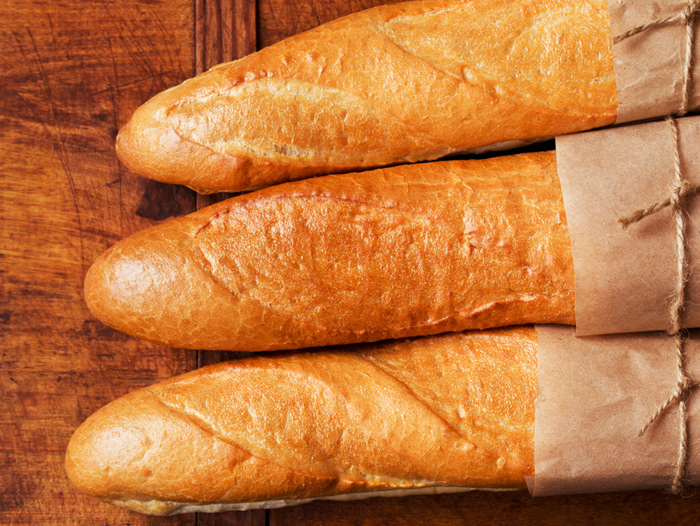
Bread baking is a labor of love and a craft that requires many processes. Each process needs to be executed with perfection in order for your final product to turn out right. Among the many processes of bread-making, is the dough-proofing process. Dough proofing is crucial for achieving that perfect rise and gluten development needed to bake bread with the proper texture and flavor. There are a few different ways to proof bread dough. However, two of the methods are often compared and debated. Those two methods are using a Dough Proofer and floor-proofing dough. Though both methods will allow you to achieve the proper yeast fermentation needed to bake great bread, they differ significantly in technique and results. Let’s dive into the distinctions between these two approaches and decide which is the most effective way to proof bread dough.
Dough Proofer: Precision and Control
A dough proofer, also known as a proofing box or proofing cabinet, is a piece of equipment designed to easily create the most optimal environment for dough proofing. A Dough Proofer ensures maximum control over the proofing environment and produces optimal conditions for yeast activity, leading to predictable and uniform dough rising. Many ask the question, how does a dough proofer work? Here are some key advantages of using a dough proofer:
To read the rest of the blog, please go to: Empire Baking Equipment




